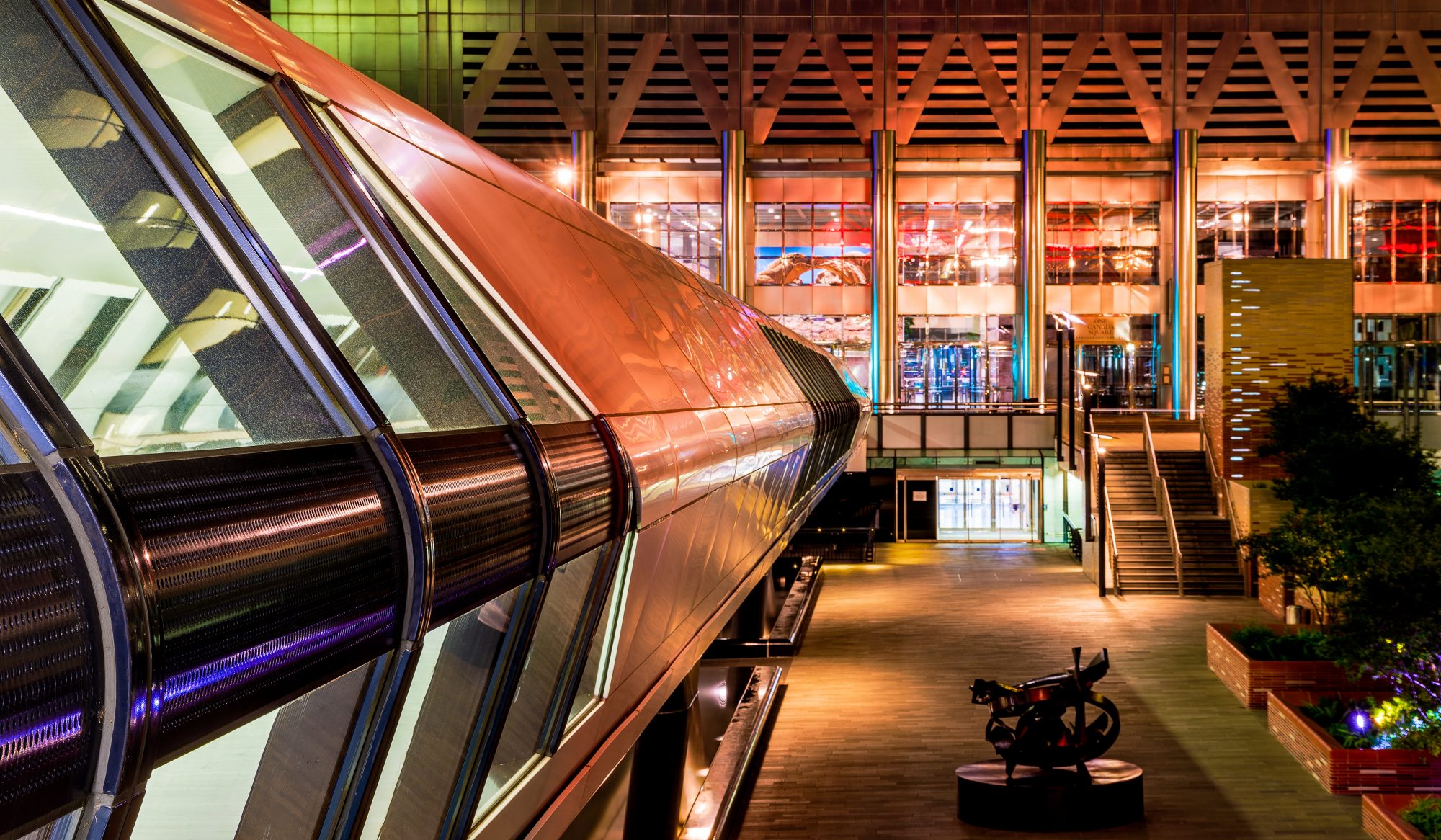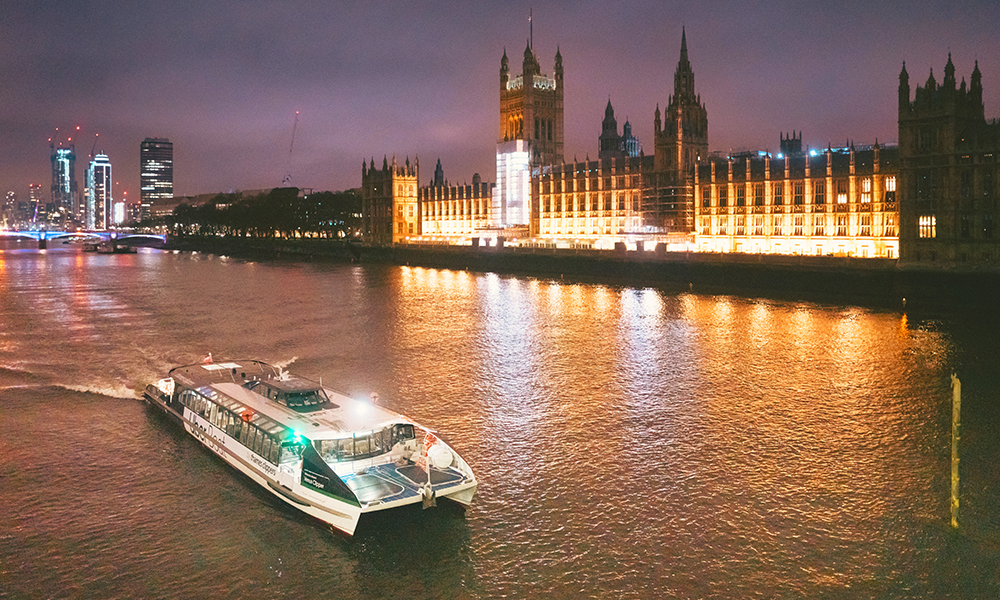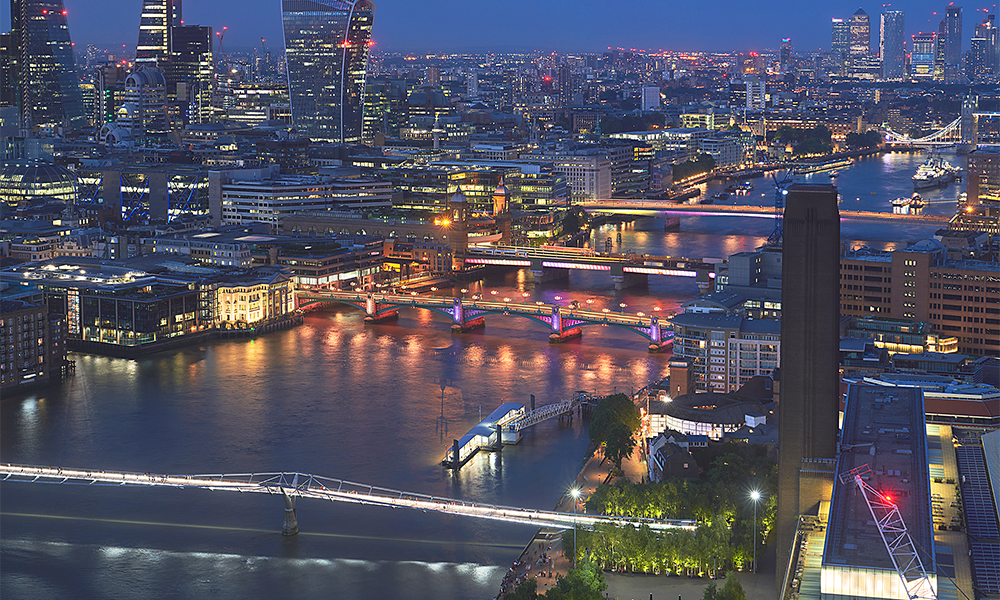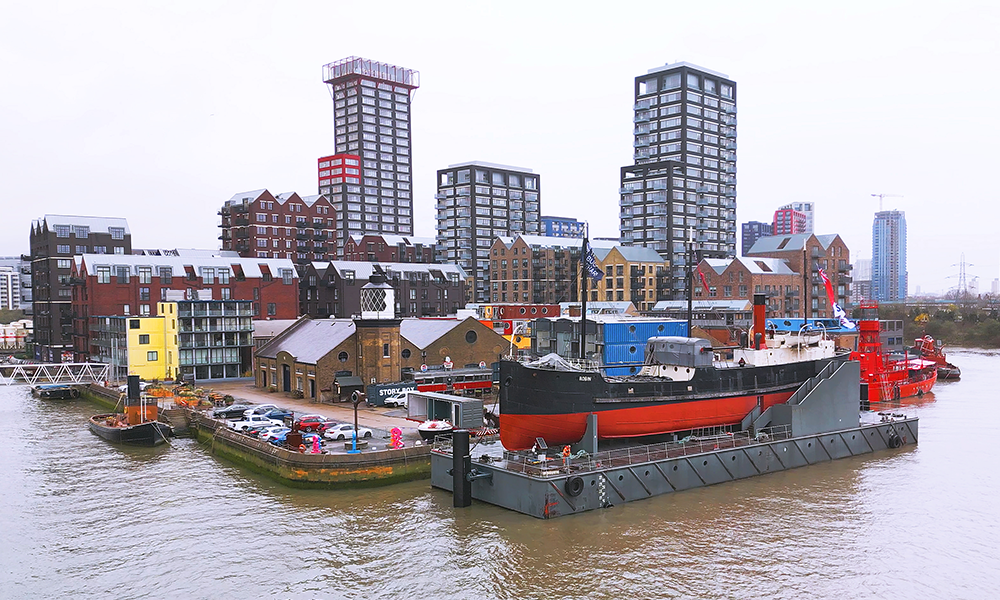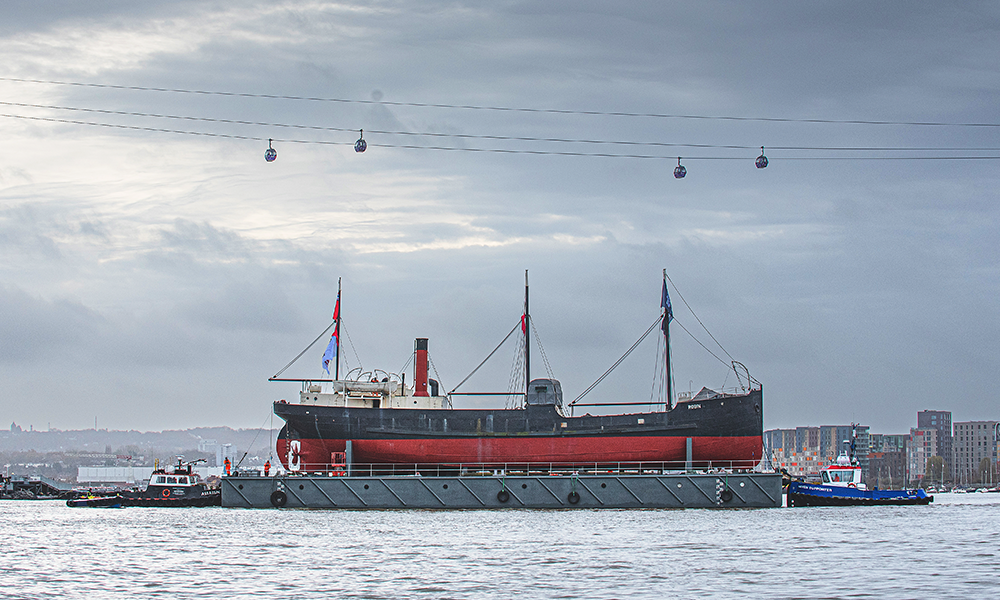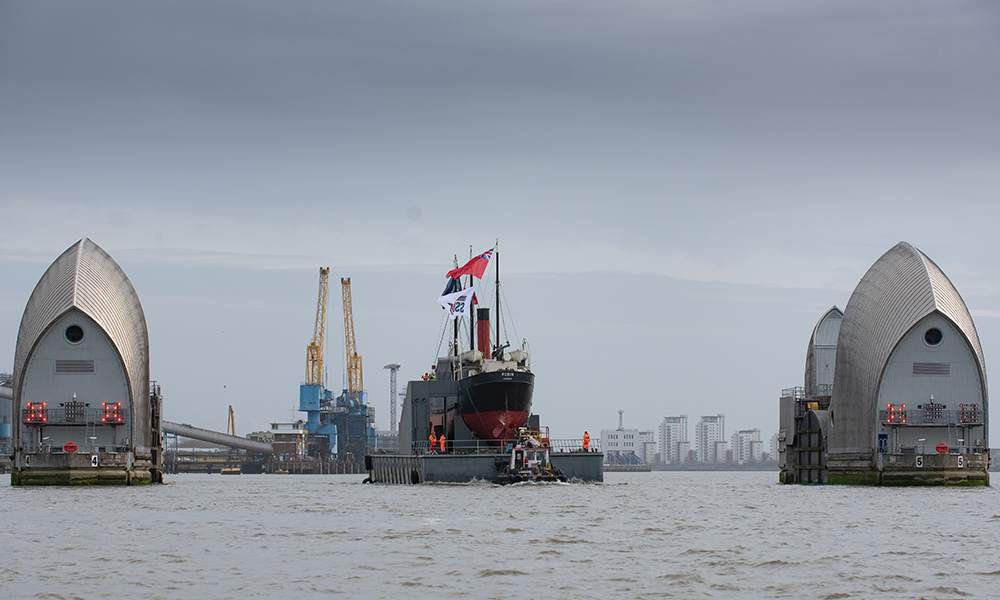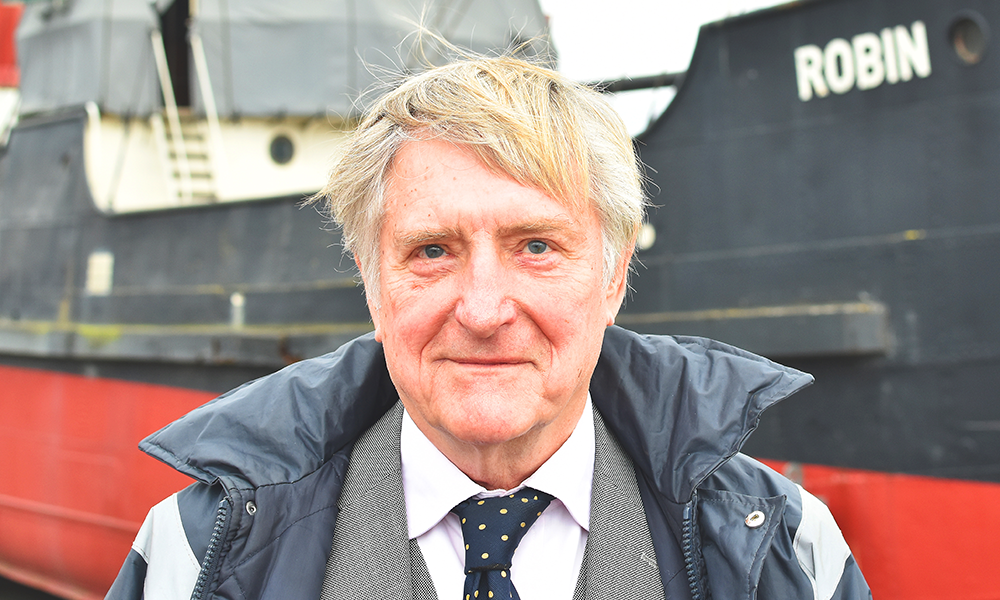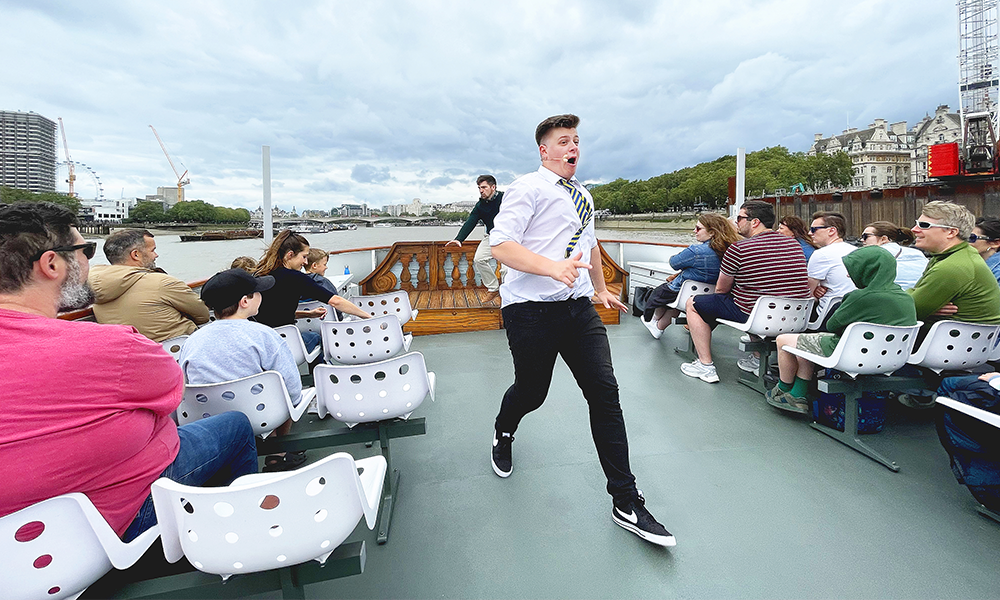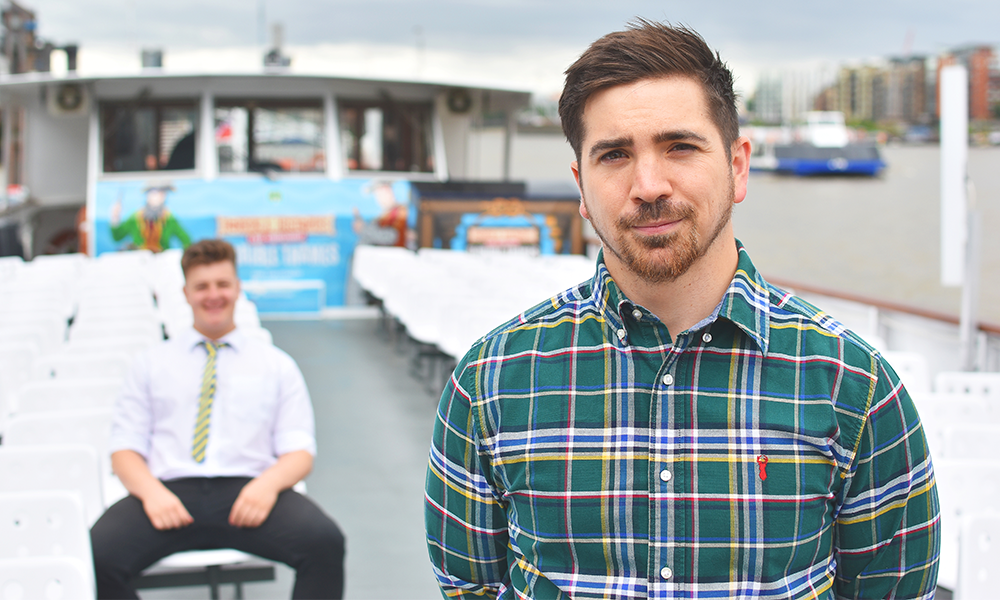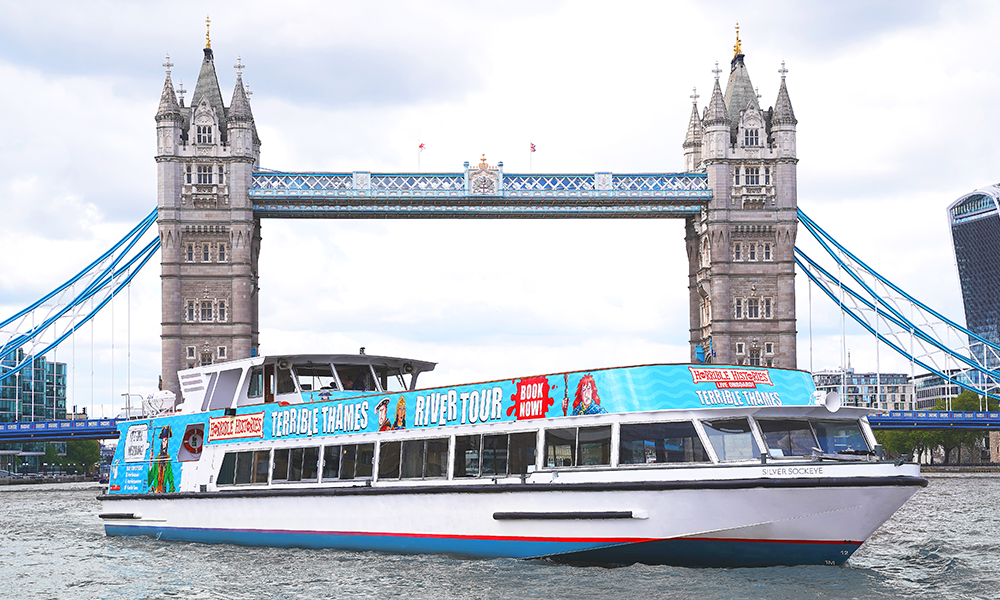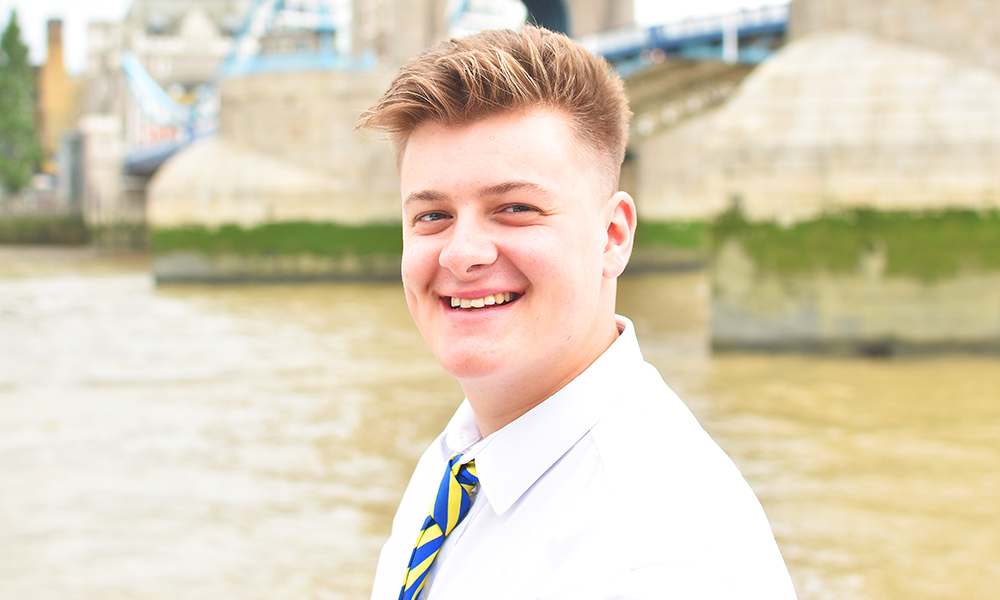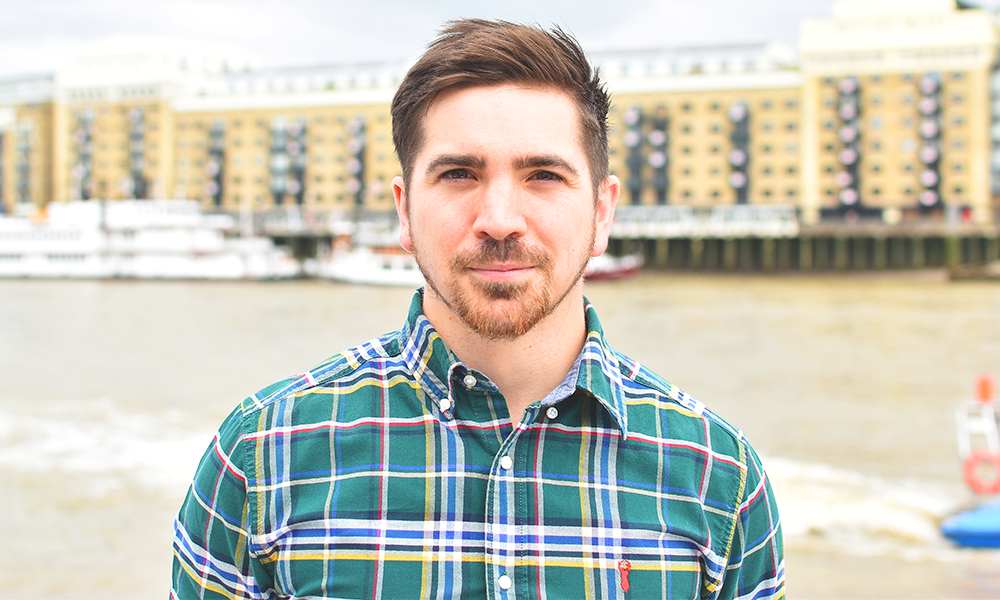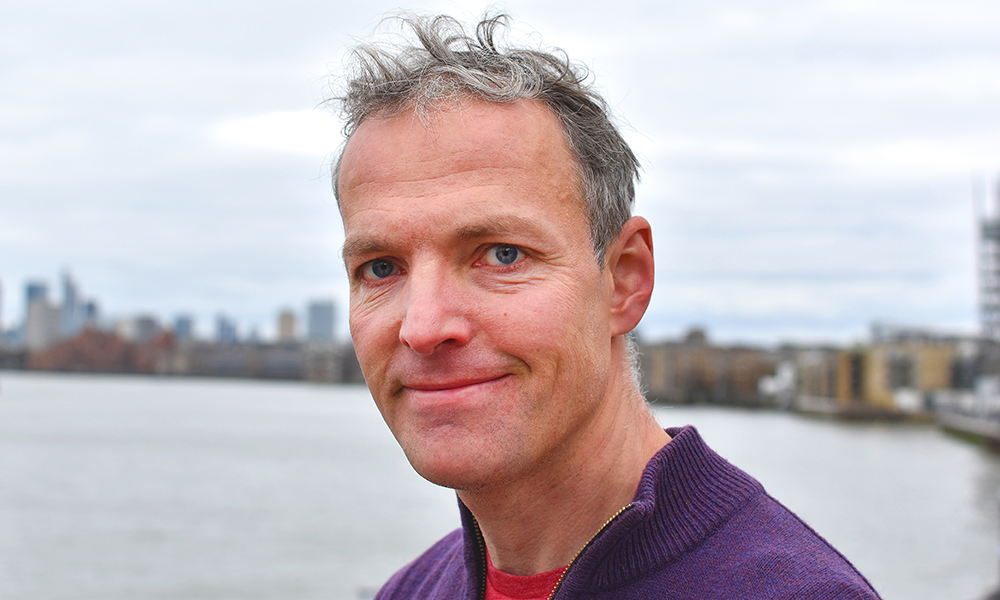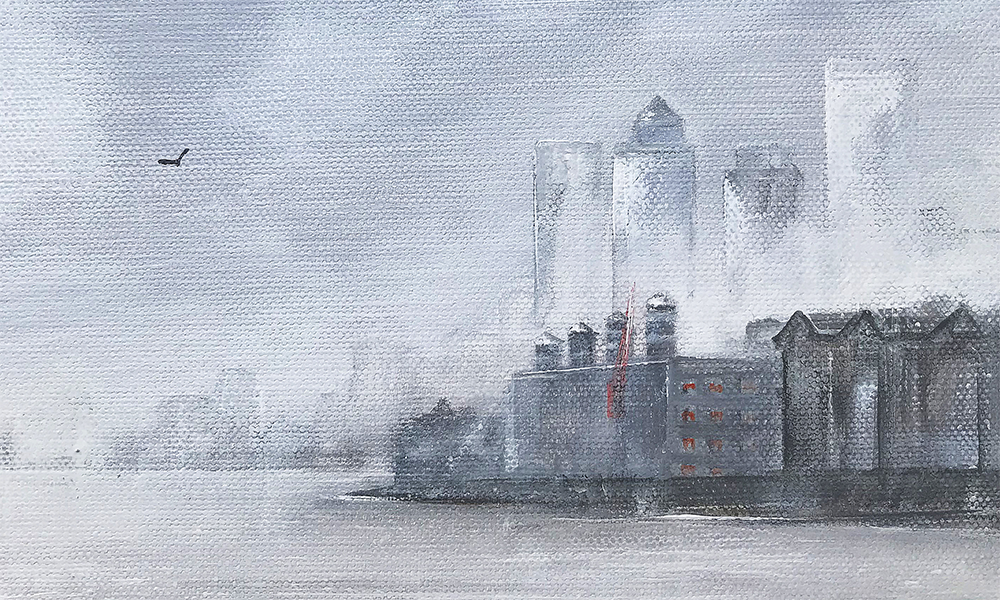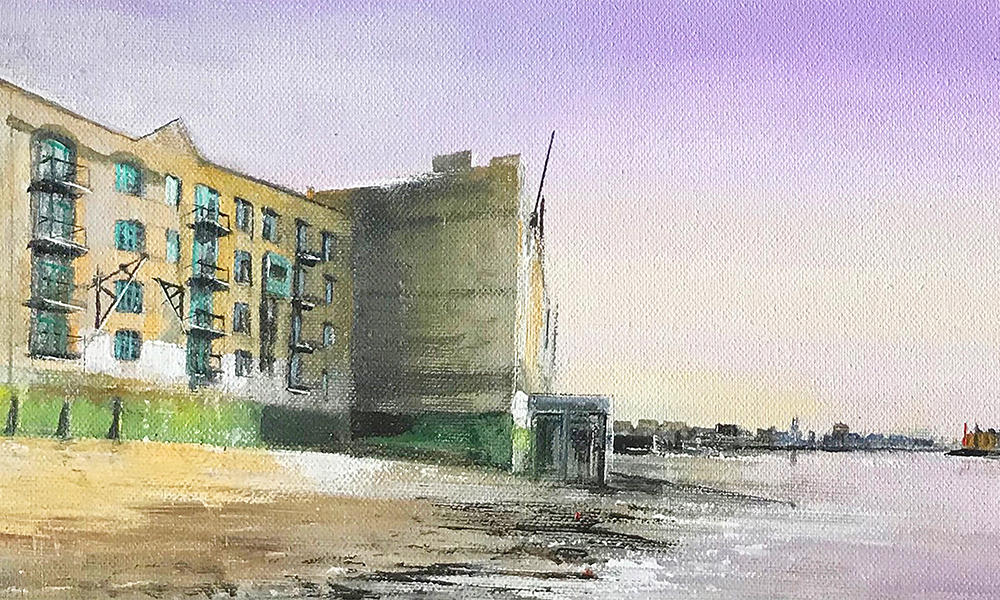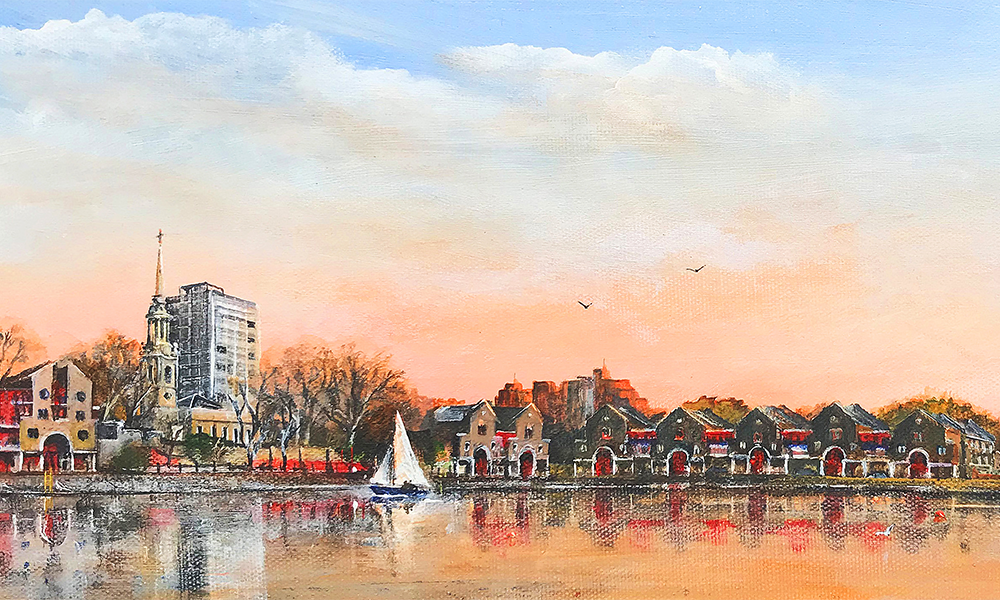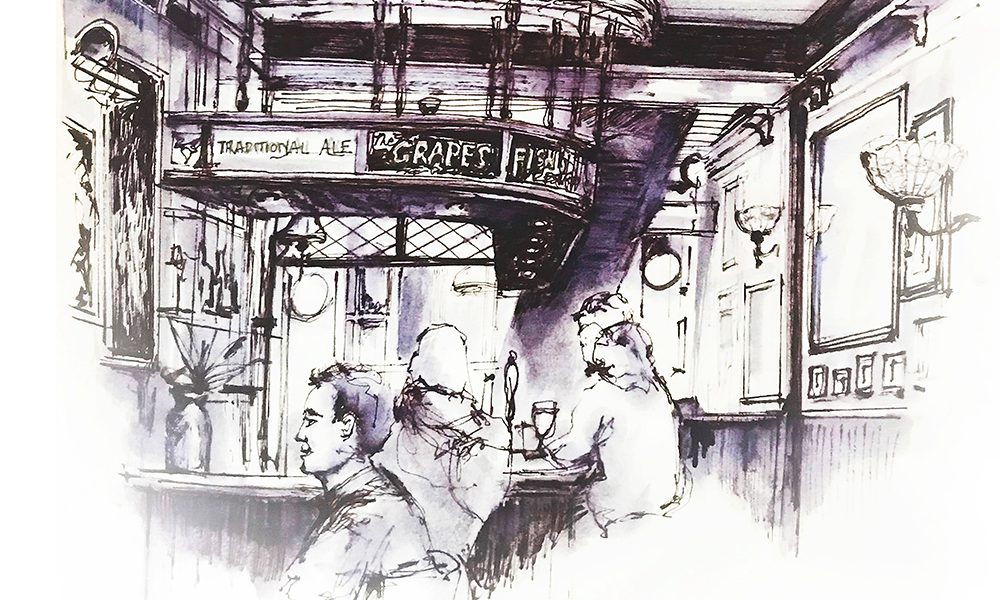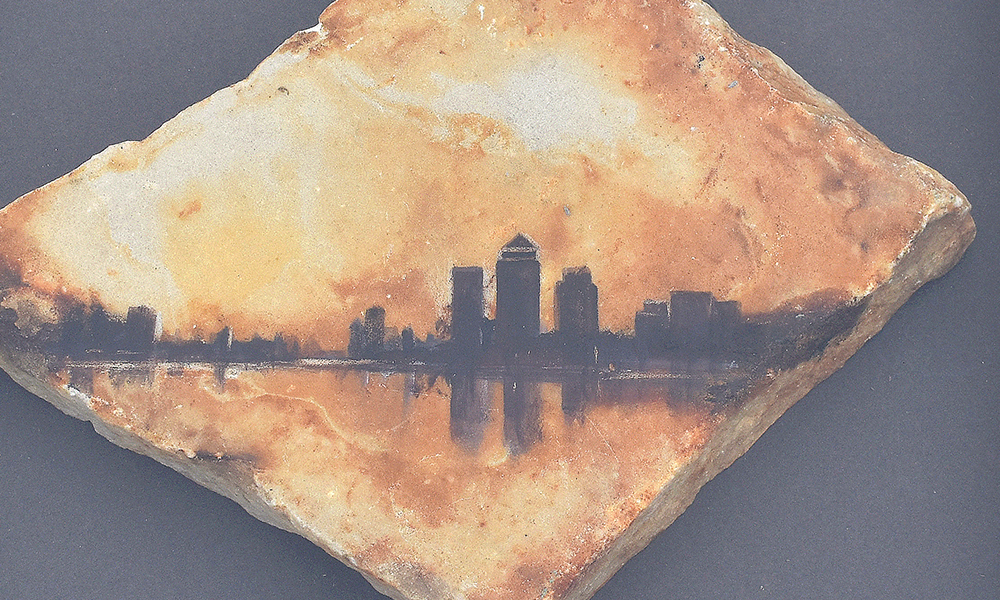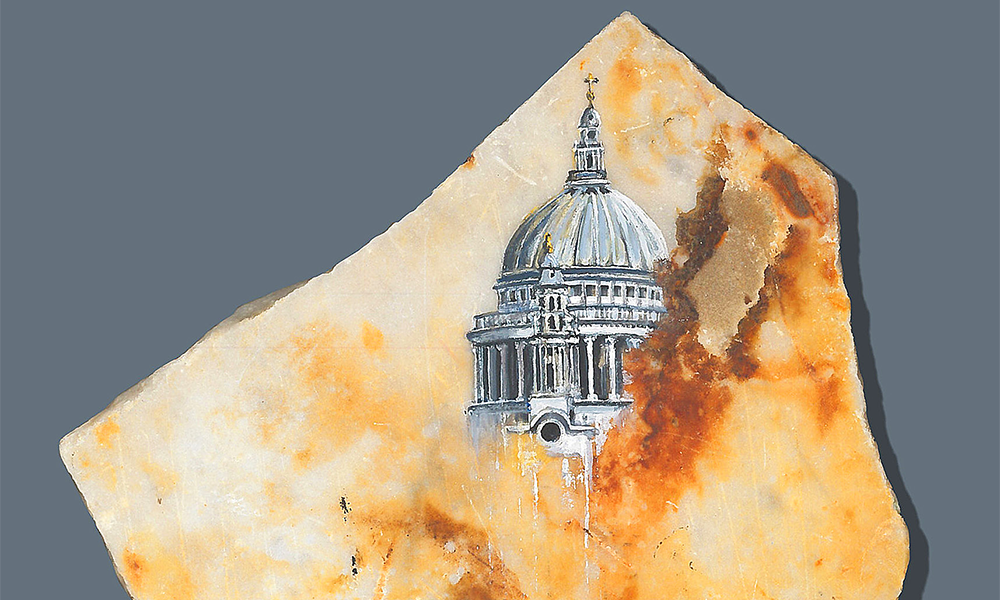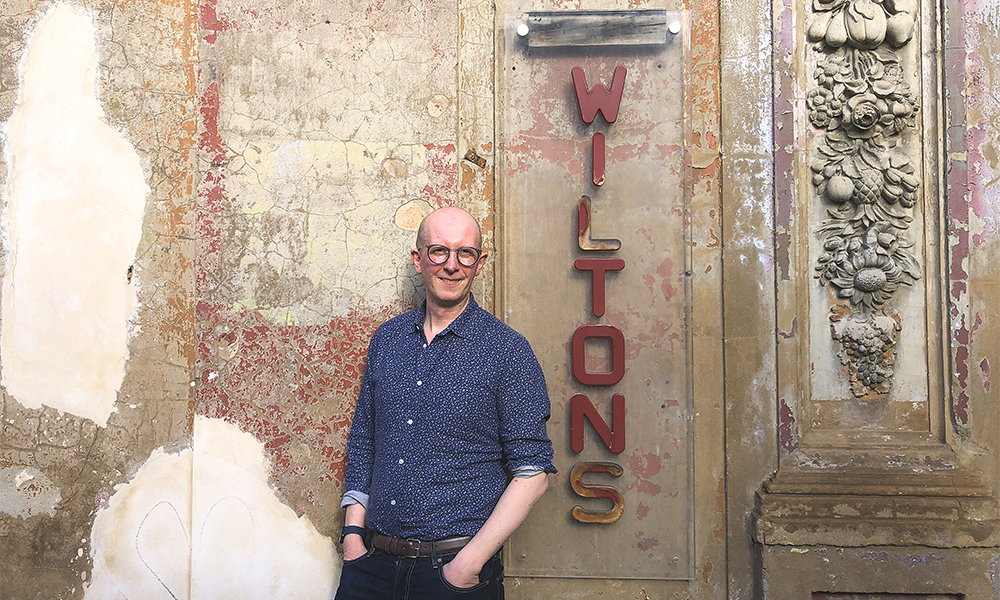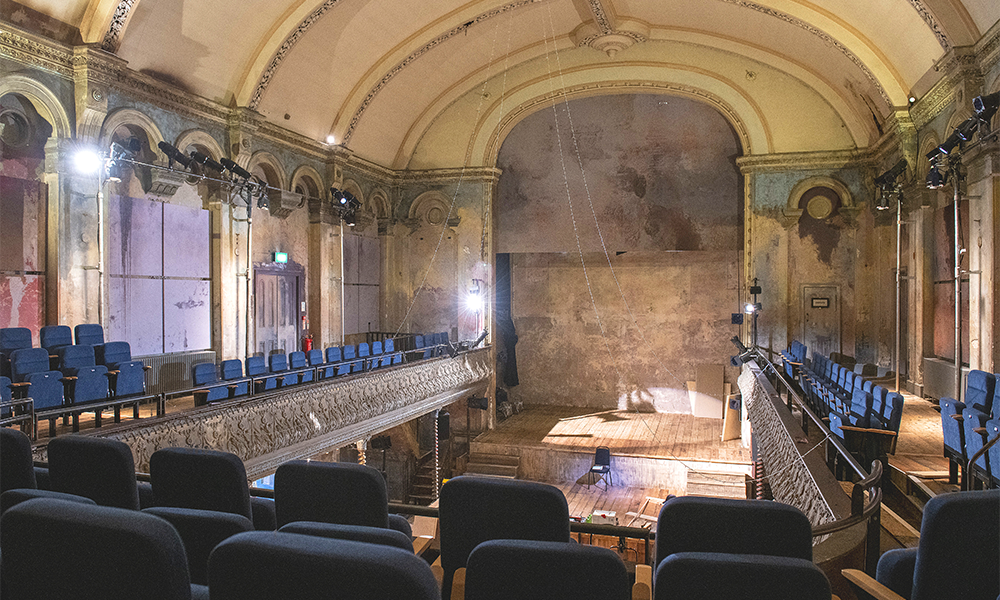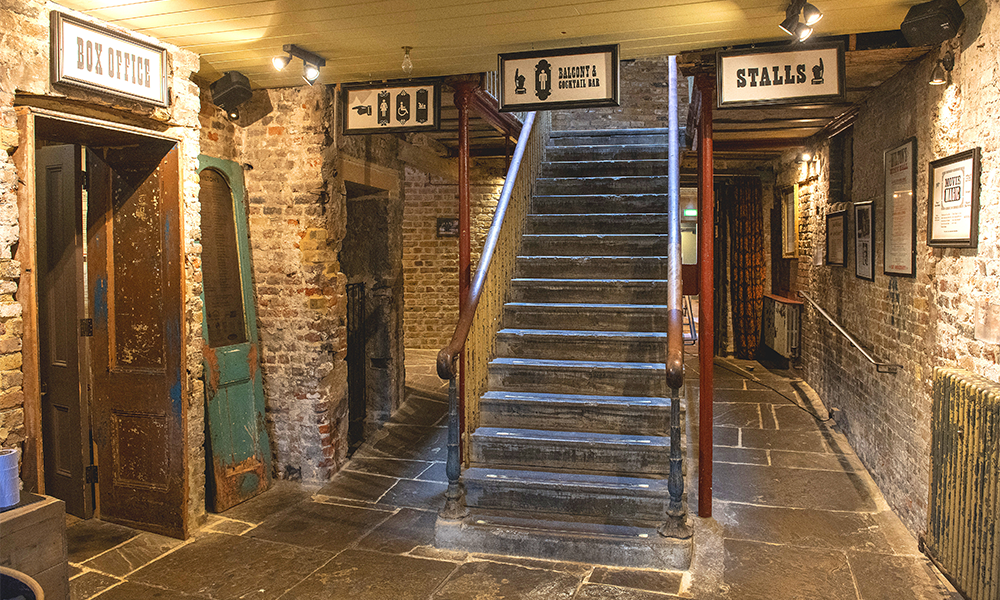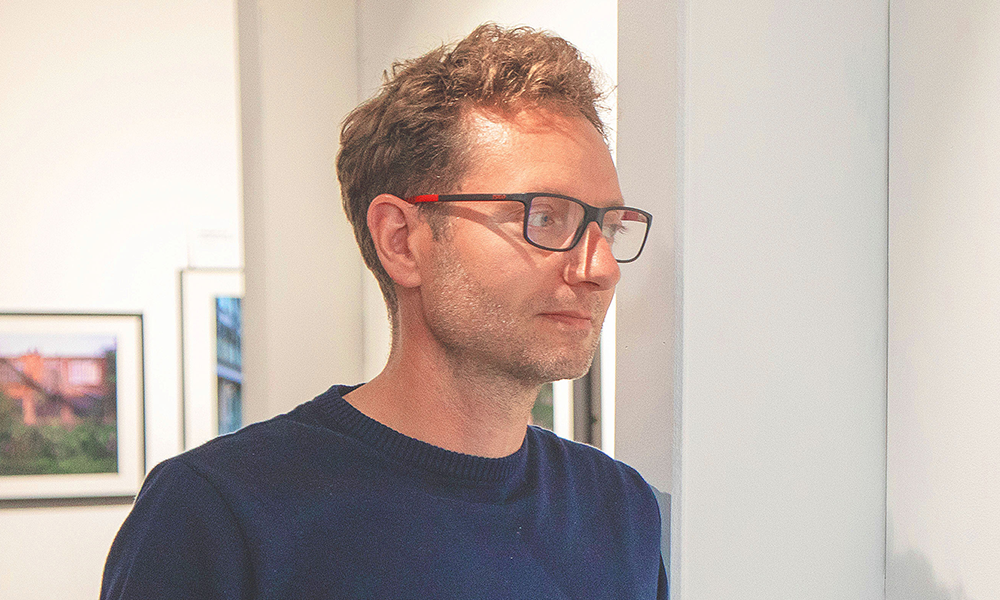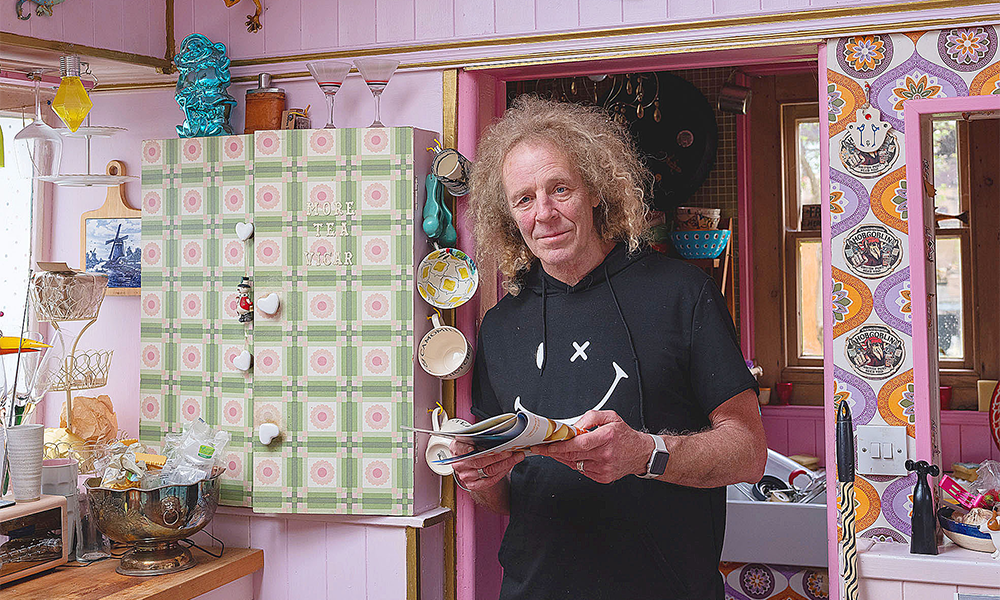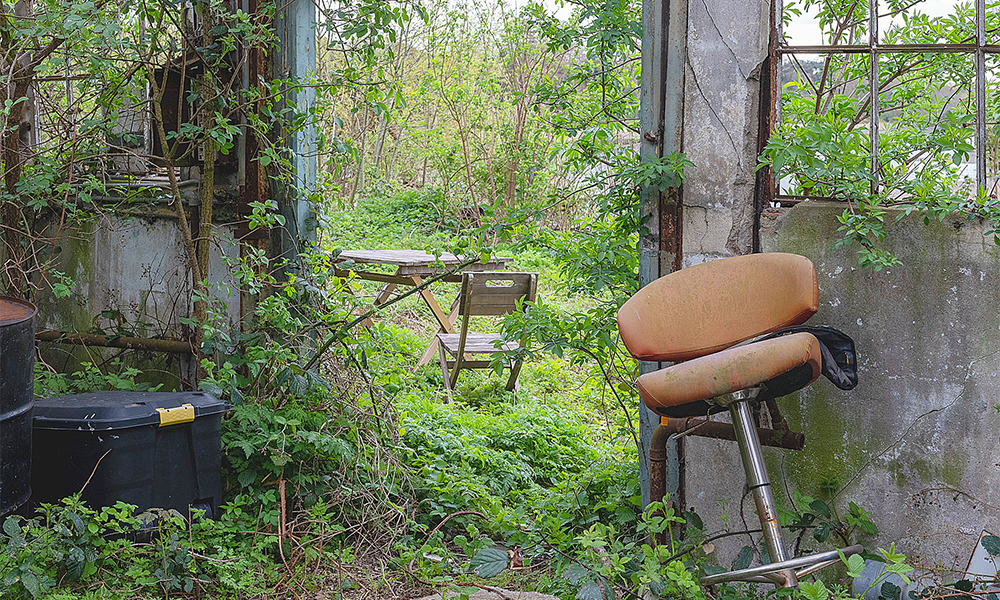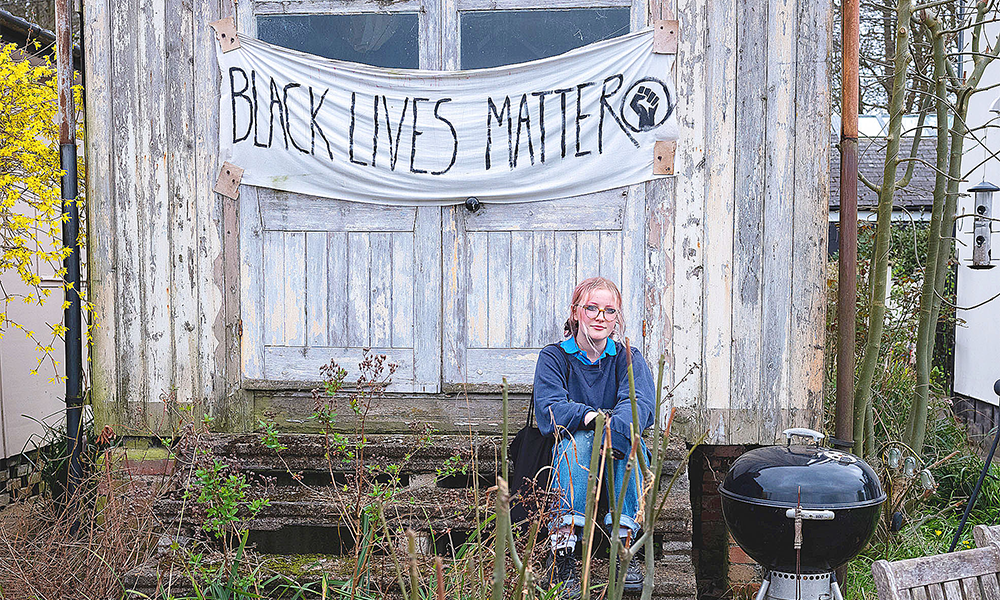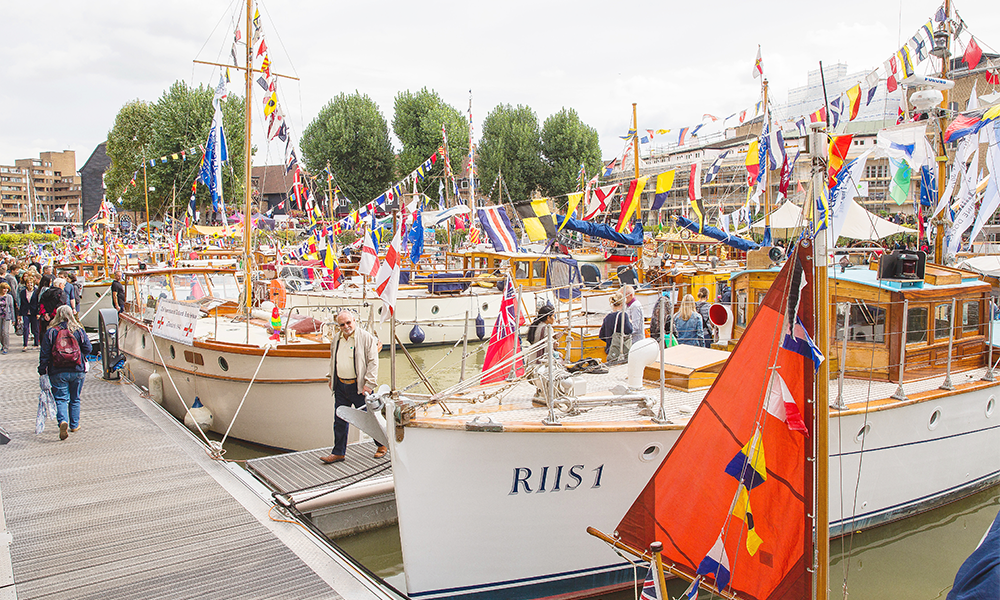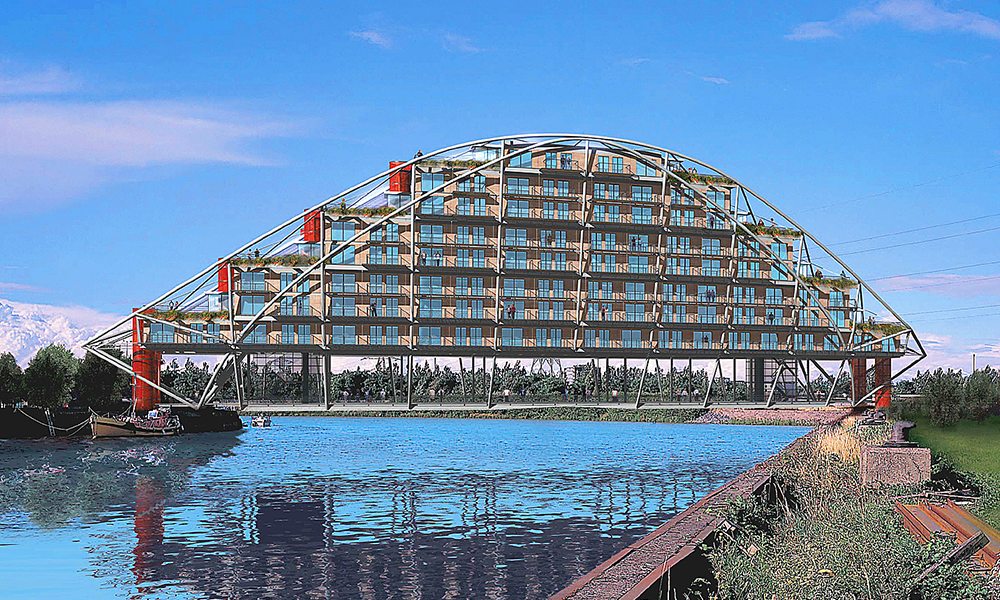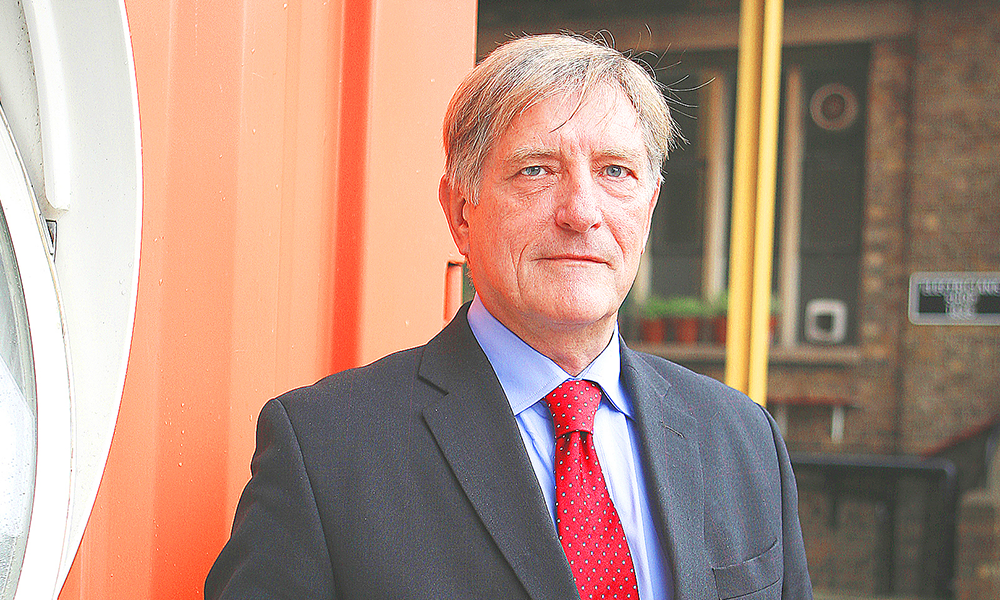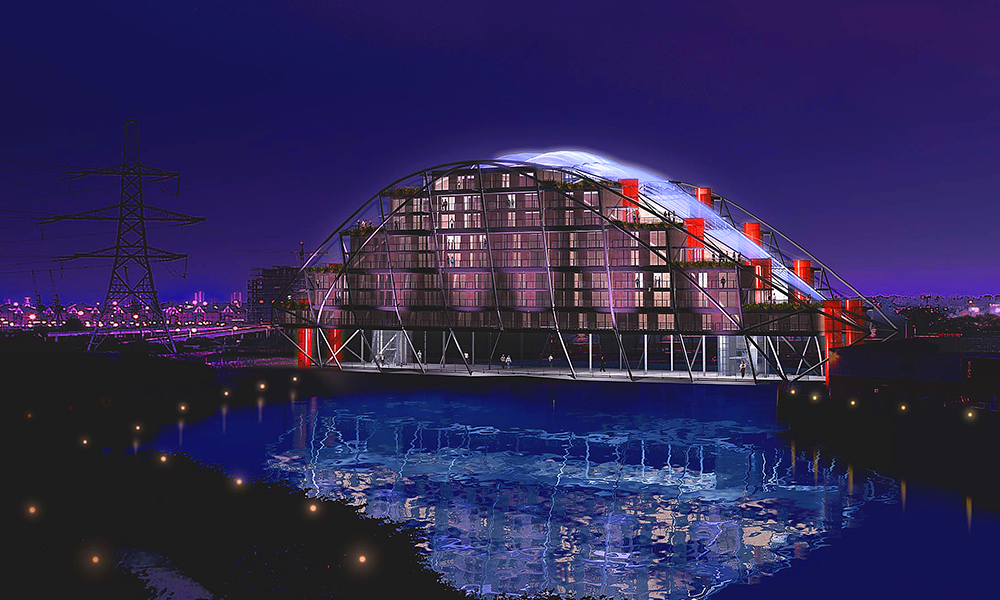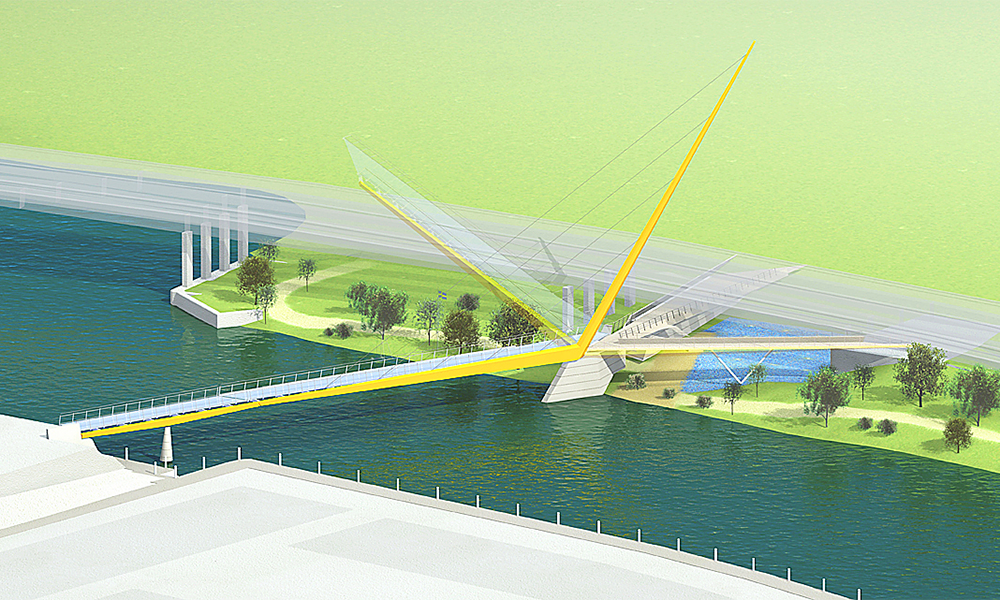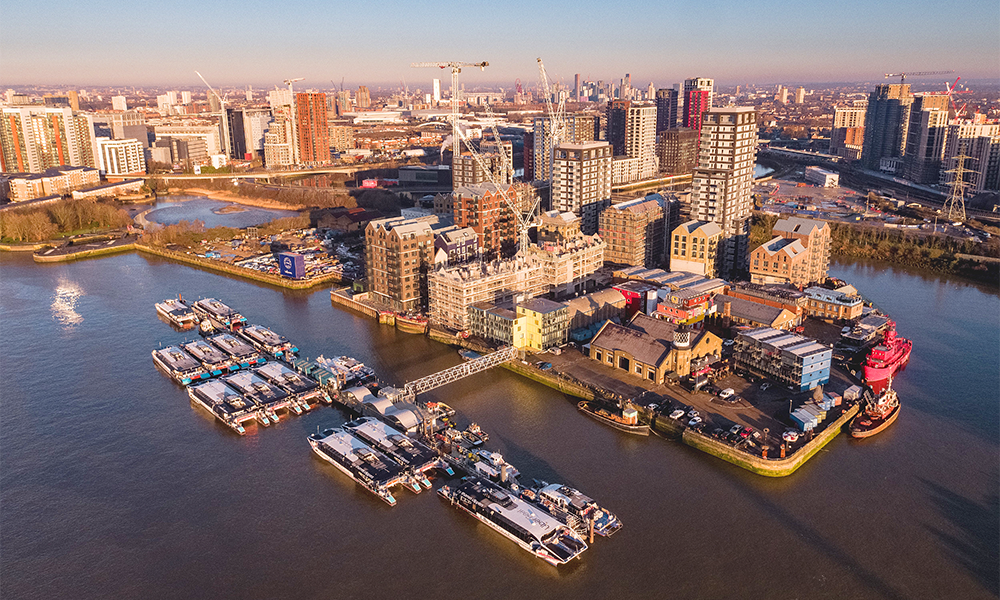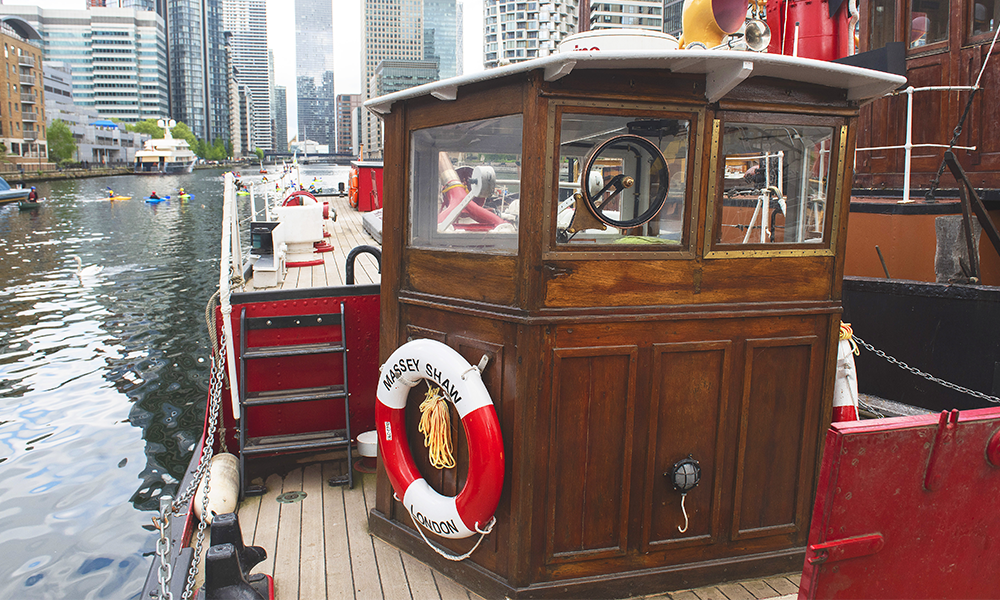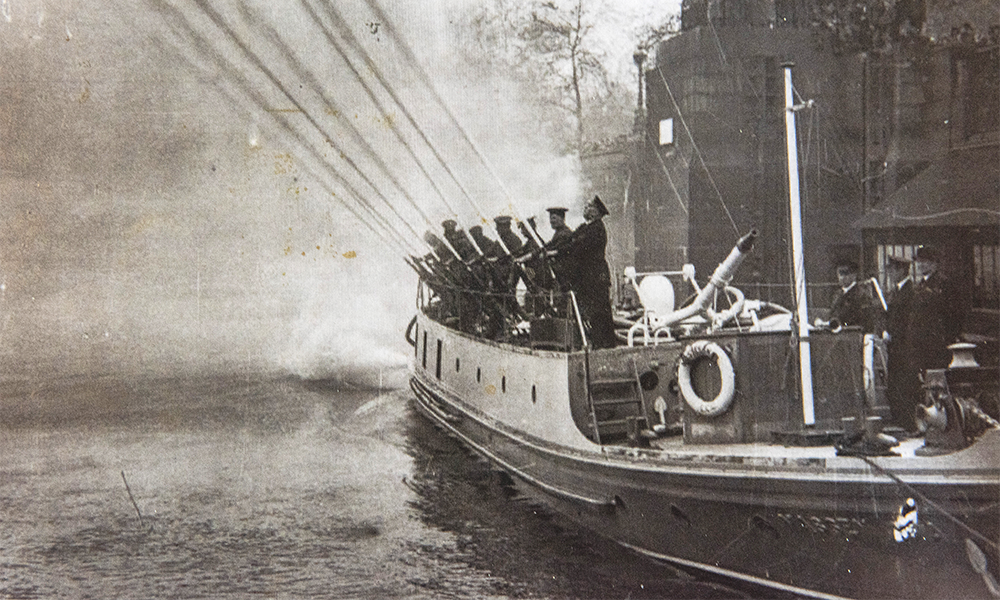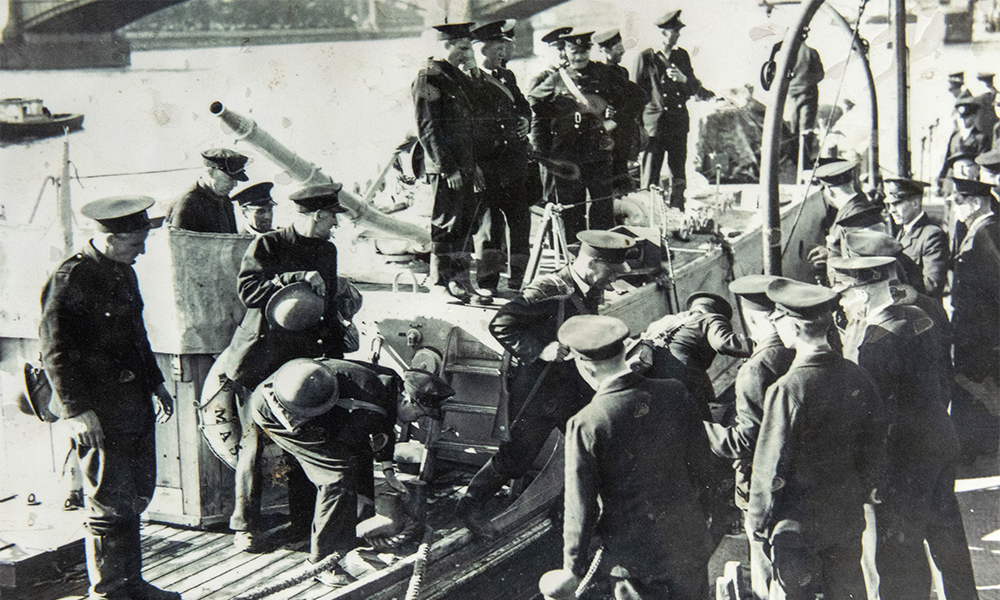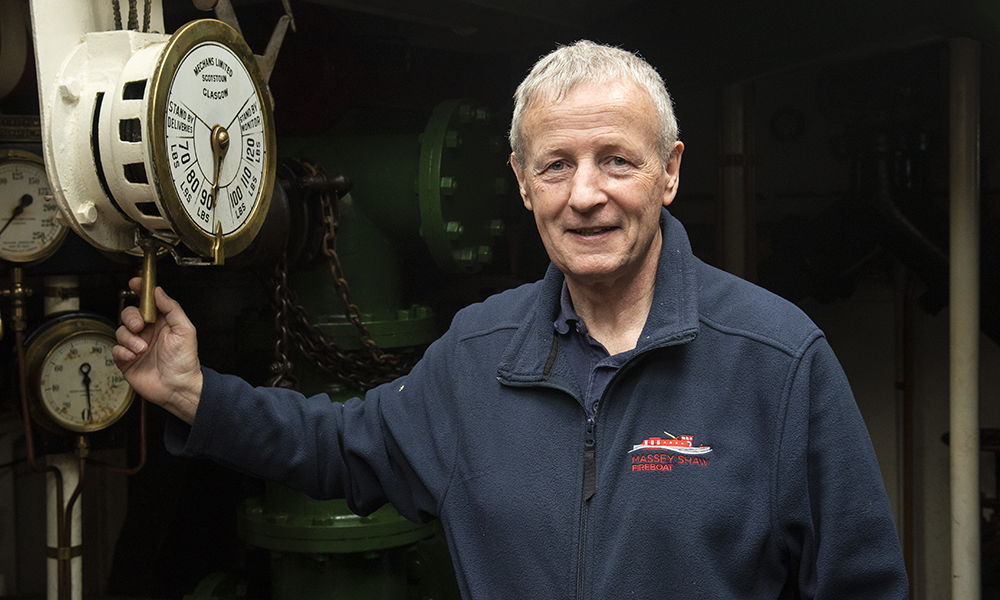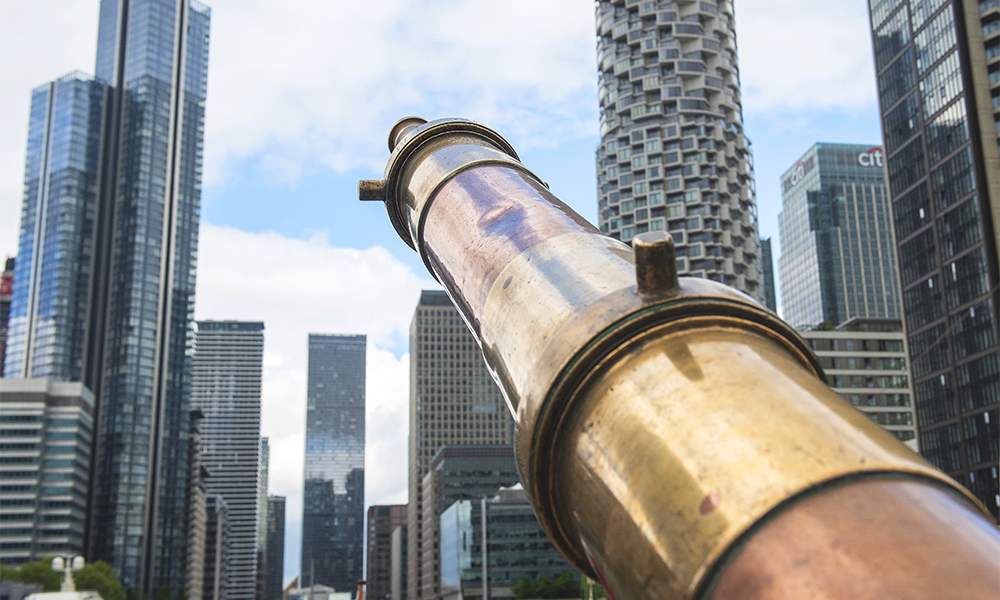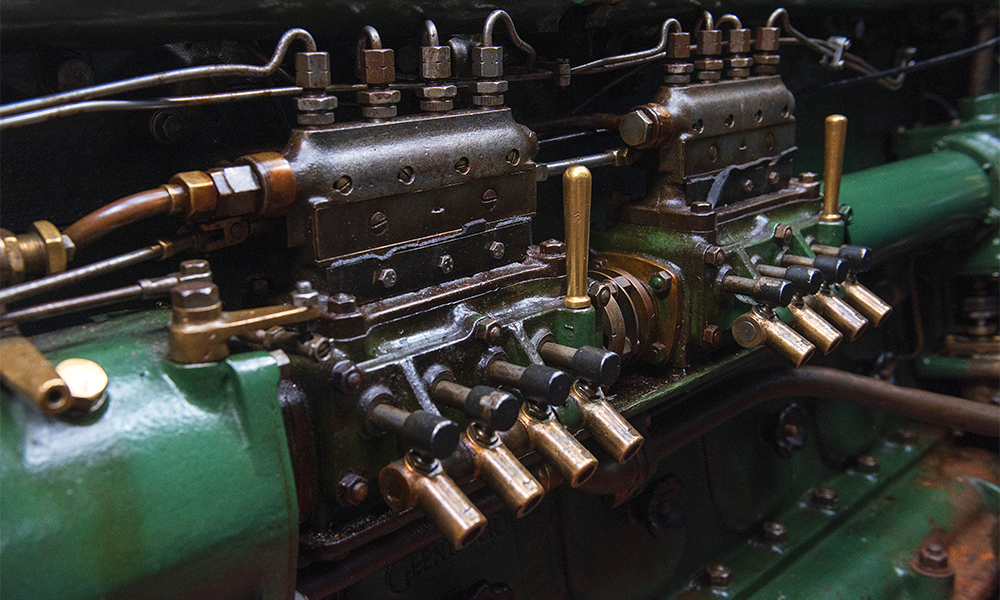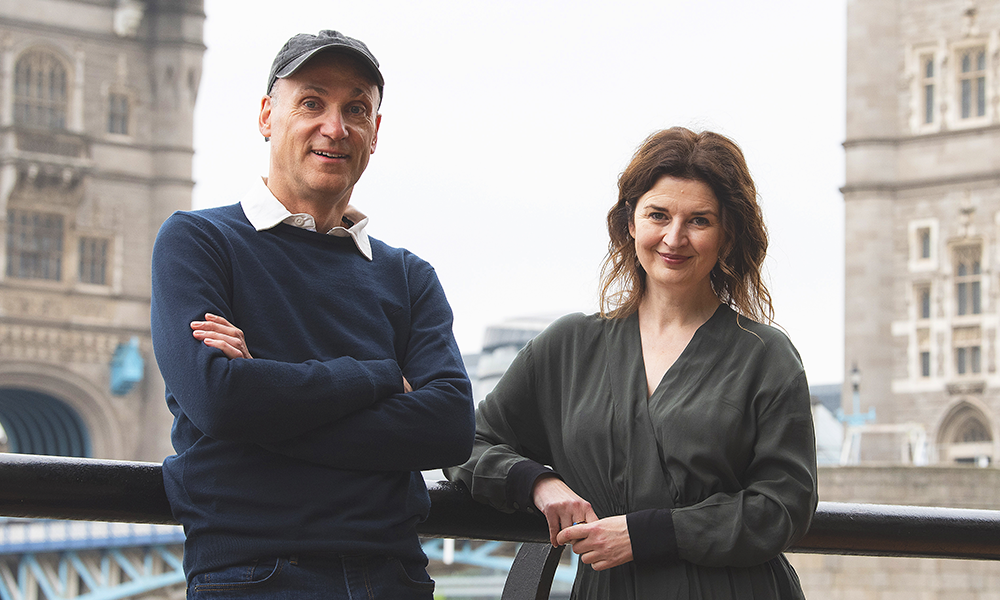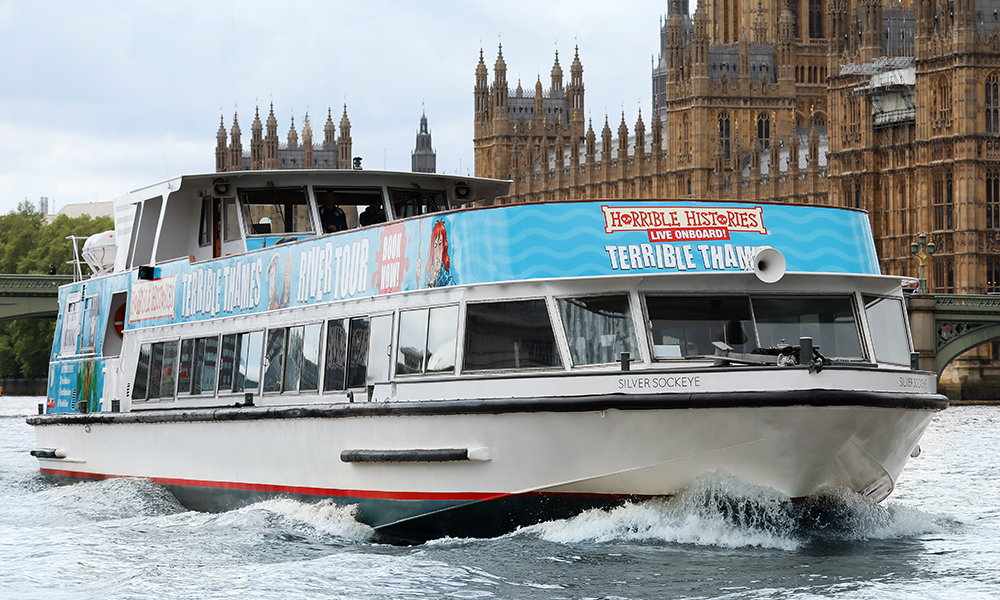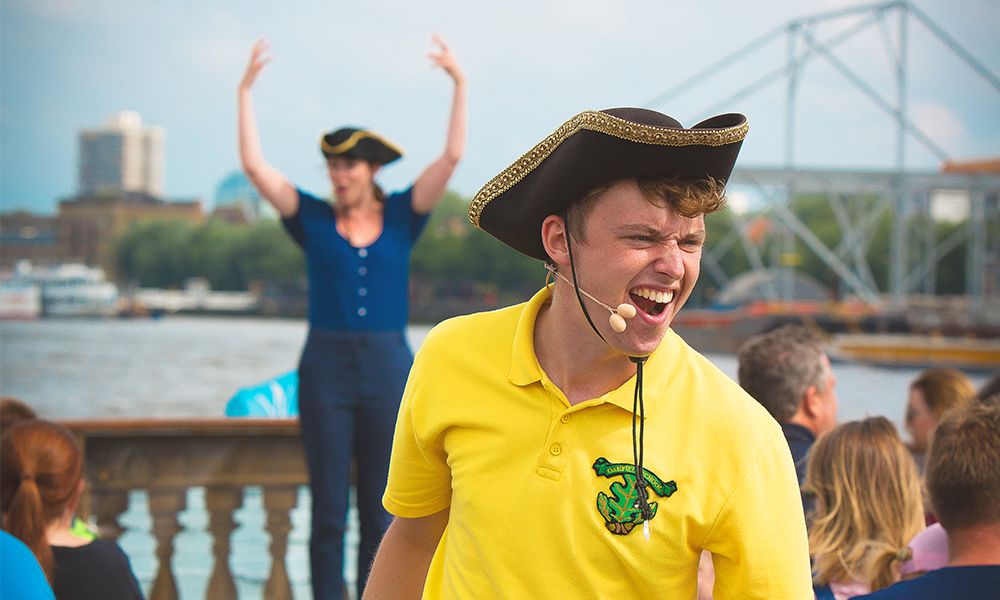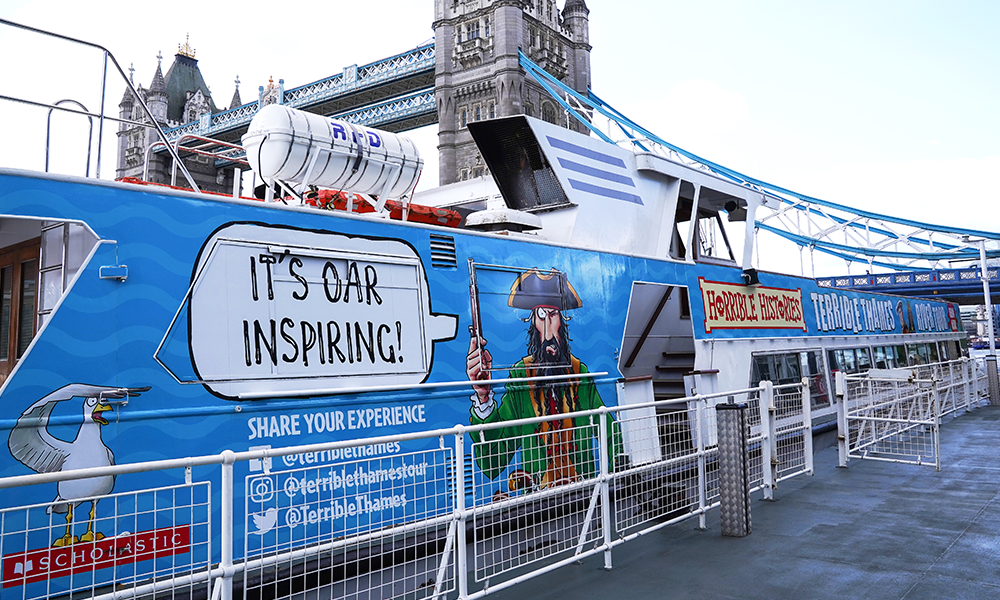Australian mining giant delivers a proof of concept for using ammonia as a maritime fuel to help decarbonise international shipping
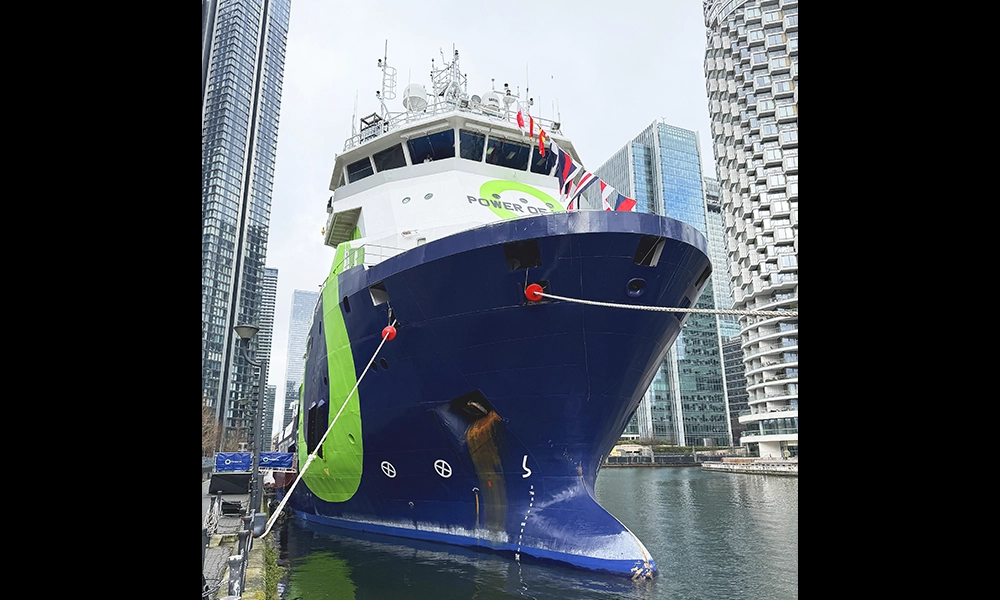
Subscribe to our free Wharf Whispers newsletter here
It’s time to make some decisions.
Water watchers in east London might well have spotted the Green Pioneer arriving in the capital.
She’s designed to be conspicuous.
At 75 metres long, she towers over West India South Dock and comes complete with a swirling green light show when darkness falls.
That’s because her primary cargo is a message – one squarely targeted at the International Maritime Organisation based a little further up the Thames on Albert Embankment – delivered by Australian metal mining giant Fortescue.
Without getting too technical, the IMO is an independent agency that sits under the United Nations and is tasked with creating regulations for global shipping – including those related to safety, security and environmental performance.
Currently, moving stuff around the world by boat accounts for about 3% of humanity’s total CO2 emissions thanks to the heavy fuel oil burned in the vast majority of ships’ engines.
Then there’s the methane, nitrous oxide, sulfur oxides, nitrogen oxides, plus soot and particulate matter belched out by fossil fuel engines.
Some are directly contributing to the warming of the planet. Others are simply nasty pollutants.
With more and more goods being moved by sea, it’s a growing problem – so what to do?
The IMO’s 2023 Greenhouse Gas Strategy is for international shipping to reach net-zero by about 2050.
However, there’s disagreement about exactly how to do that.
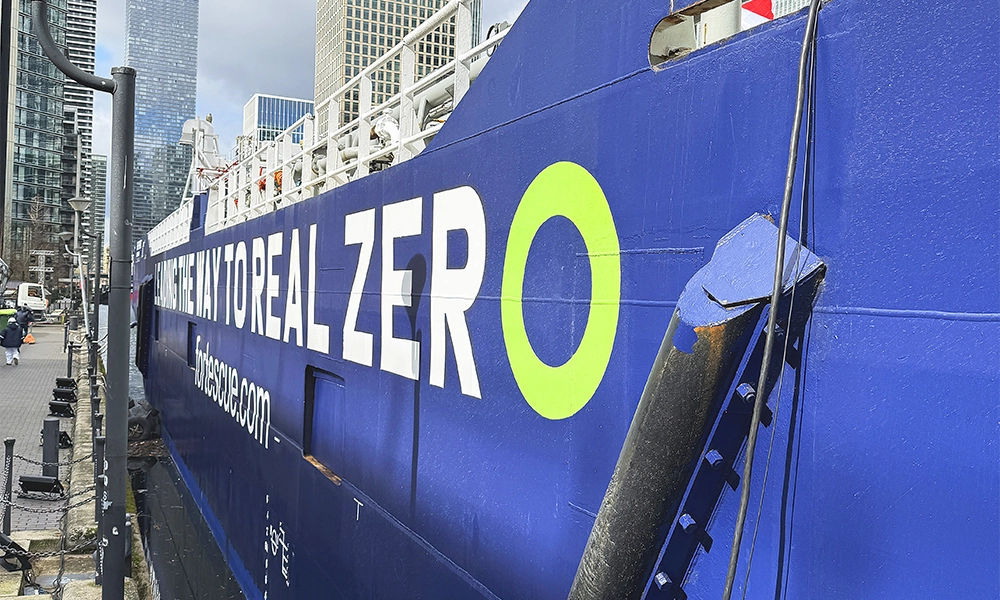
considering the solutions
Liquefied Natural Gas (LNG) is easy to handle with existing infrastructure, but as a fossil fuel, it’s only 25% better than what we already have carbon-wise and also emits methane, a gas that’s worse than CO2 for warming the planet.
Biofuels – in theory – are carbon neutral, but require land and resources for production, a process that can also emit greenhouse gasses such as methane and nitrous oxide.
Methanol is easy to handle and use in existing engines, but the technology and infrastructure to capture the CO2 and make hydrogen using renewable resources are not yet available at scale.
Hydrogen will likely play a part thanks to high energy density, but it’s a flammable gas that requires special training to handle and needs to be stored at cryogenic temperatures so would require the industry to invest in significant retrofitting of vessels.
The message from the Green Pioneer and her parent company is very much that ammonia is the way to go – indeed, she’s been created as a proof of concept designed to advance that cause.
Fortescue believes speed is of the essence.
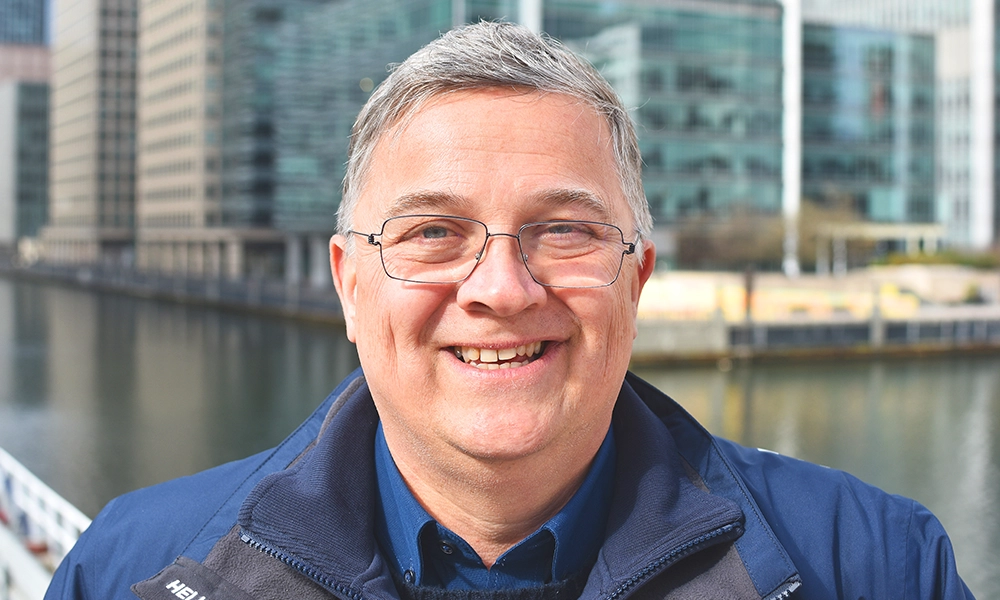
the message from Green Pioneer
“We’re here to show that the technology for ammonia is here – it’s not a new fuel, it’s an old fuel – and everybody needs to get behind it,” said Andrew Hoare, head of green shipping at Fortescue.
“We believe LNG doesn’t work – the industry hasn’t been very open and honest about methane emissions – and that if we’re not ready for ammonia, there will be a delay in decarbonising emissions.
“That’s why we’re pushing this project out now, because many things have to happen in parallel.
“You have to make sure you’ve got the infrastructure, the supply and people to handle the fuel. We can’t work on a sequential basis.
“That’s why we’re taking this vessel around the world – we know that in every port we visit there will be another discussion.
“Cities in the UK have been very welcoming so far because they want to make sure they are ready for this.”
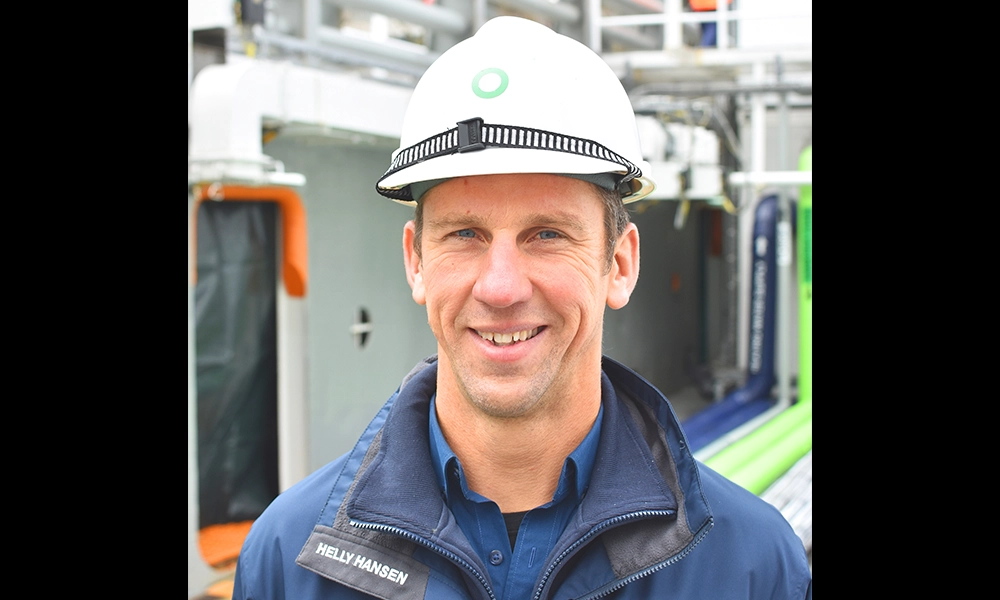
a step on the journey
Green Pioneer is not a ship primarily fuelled by ammonia, but rather a step on the journey to that reality.
She’s equipped with four engines, two of which have been converted to dual fuel, burning a combination of diesel and ammonia.
“When we’re running on that mix the engine is designed to burn 30% ammonia, which means our carbon emissions are nearly a third down,” said Tim Abetz, engine specialist at Fortescue.
“That was our initial target but during tests on this system we’ve pushed as much ammonia in as we could and we’ve got up to 50%.
“The way this system is designed, we don’t have the pressure to go further than that but we’re confident we can get a lot higher in future.
“Realistically, we can get to 95% ammonia. As a fuel it’s harder to burn than diesel, which has its challenges but these can be overcome.
“Diesel combusts at 210ºC, while it’s 650ºC for ammonia.
“That means you need something in the cylinder to start the fire as a pilot fuel.
“During testing, the best option we had was hydrogenated vegetable oil, but the hope is there will be a greener solution for this too in the future.”
While ammonia emits no CO2 when burnt, that doesn’t mean it’s completely emission-free with nitrous oxide (N2O) – a highly potent greenhouse gas – and nitrogen oxides (NOX) produced in addition to the risk of ammonia itself making it though the engine without combusting.
Green Pioneer’s systems have been built as a test bed to measure these emissions in the field and find ways to minimise them.
Tim said: “Every combustion engine makes NOx but that’s largely due to the temperature at which the fuel burns.
“When burning ammonia the temperature is a little lower, so we make some N2O.
“If we heat it up we make NOx instead, which we know we can tackle using scrubber technology so that’s the next step – we’ve found the issue and it’s solvable.”
That’s really the point of the project. Green Pioneer isn’t the finished article, it’s a floating laboratory to show how things might be done.
One of the other issues she aims to address is the safe handling of ammonia, a corrosive, toxic gas.
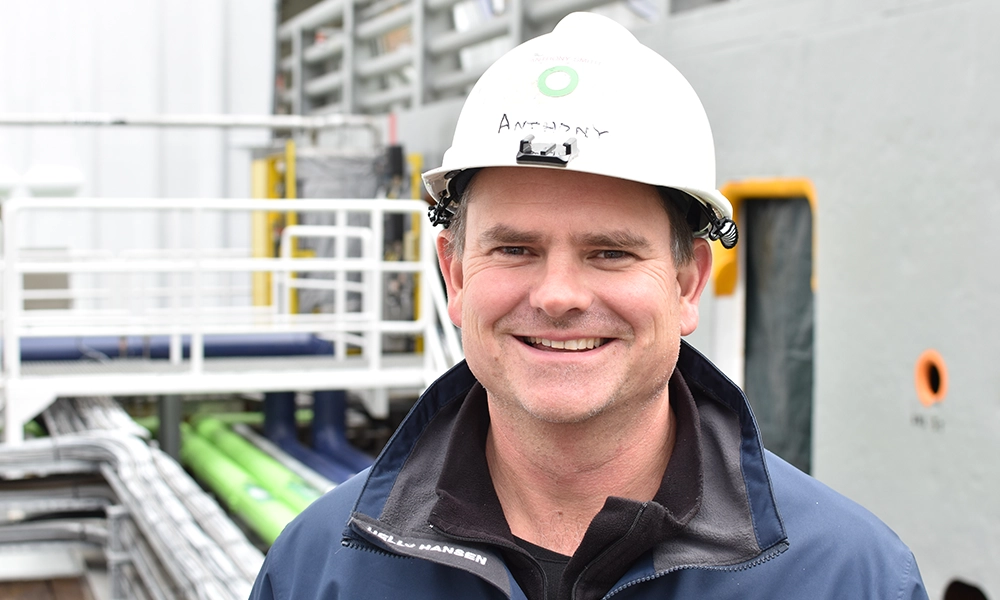
safe handling aboard Green Pioneer
“Ammonia is new as a fuel, but it’s old news on ships because ammonia carriers have been around a long time – vessels take it from terminal to terminal for fertiliser and so on and fishing boats use it in their refrigeration systems,” said Anthony Smith, engineering manager at Fortescue.
“We’ve got a fuel preparation room, where we can condition the ammonia for clean and efficient combustion, and at the back end we have what we call the scrubber – a kind of backstop or goalkeeper – if we need to purge any of our lines to prevent any ammonia escaping.”
While Green Pioneer isn’t designed for full-scale ammonia use, the shape of its systems is intended to demonstrate that the fuel can be safely handled and contained on ships going forward.
Anthony’s tour of the various systems is heavy on remote controls, leak sensors and pipes with double walls so any escape can be detected, contained and fixed without risk to the environment or crew.
While all the gubbins necessary to run these things safely isn’t an easy retrofit for existing vessels, it may well be a effort worth making to combat damaging emissions in the industry.
It’s worth noting Fortescue has a vested interest in ammonia as a producer of the fuel.
But we are in a climate emergency and its “gunboat diplomacy” in bringing the Green Pioneer to London makes a strong case for ammonia being part of the mix.
key details: Green Pioneer
Green Pioneer is currently moored at West India South Dock at the top of the Isle Of Dogs.
At present, as a working vessel, she’s not accessible to the public, however that may change.
Follow @fortescuegram for updates
Find out more about the vessel here
Read more: Awe London to open its doors at 8 Harbord Square
